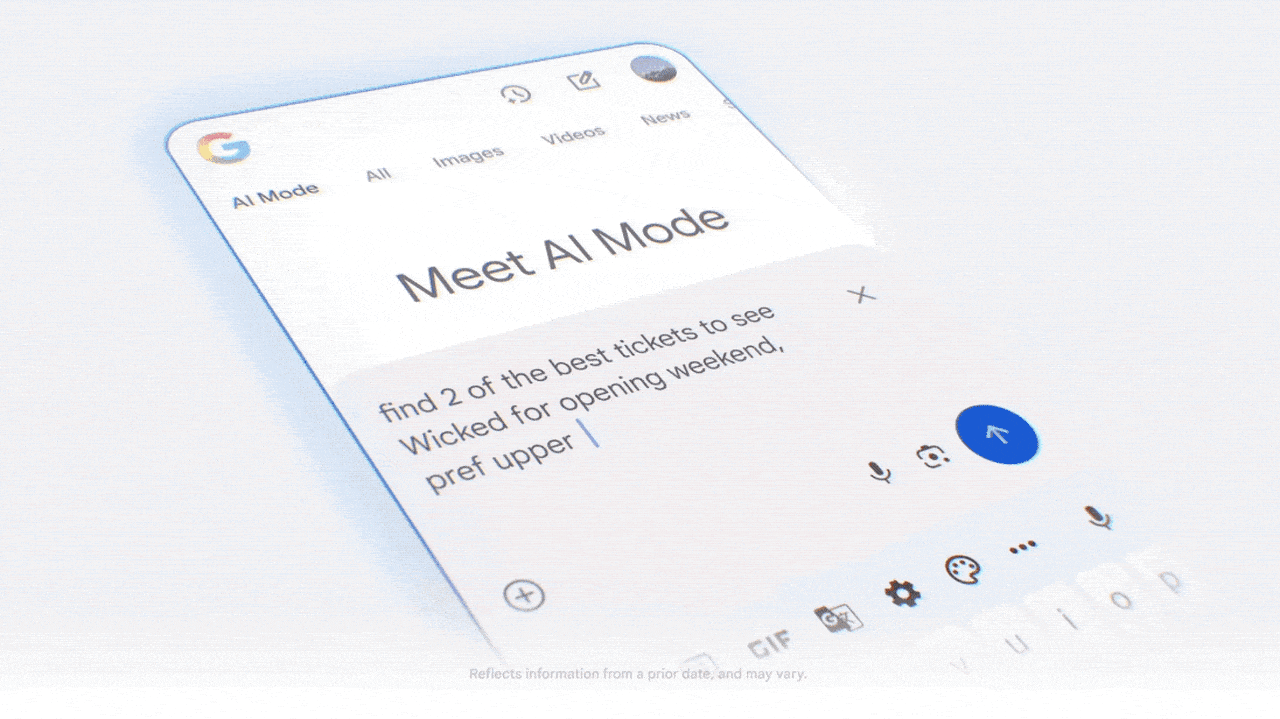Retaining Customers Requires Building Connections, Both Directly and Behind-the-Scenes


Customers are key to a small business’s success, especially early on. Not only do customers provide capital for growing the company, but their use cases can inform the direction a business wants to grow. It’s very likely that conversations with customers will illuminate issues a company hasn’t yet considered or highlight the way a particular process can actually work versus how they expected it to work.
However, a small business can benefit the most from returning customers—those who sign up early and stay through thick and thin. It’s been demonstrated time and time again that it’s far more expensive to sign a new customer than to retain an existing one, but it can also be a lot more rewarding, too. Sales folks are able to build relationships with each customer and customers get the chance to guide, to some extent, how the vendor will grow its services.
Still, as conventional wisdom dictates, it’s difficult to make new old friends—though not impossible. It requires that small businesses prioritize building connections not only with the customers themselves but within their organizations as well. Here are some tips on how small businesses can retain customers and extend relationships:
Maintain Databases
Imagine a small business vendor lands its first customer, who loves the product and stays with this company as it grows over the years. New customers enter the periphery and pay higher prices, but this legacy customer retains its original pricing structure as a thank-you for its continued loyalty. In turn, the customer becomes an advocate for this company, supplying testimonials and speaking on conference panels about its positive relationship with the small business.
Though they may not admit anything, this customer will likely expect greater service should anything go wrong with its deployment—especially given the vendor knows the customer’s business well.
Now, imagine that this small business is growing and hires a batch of customer service folks. These new employees may be quite knowledgeable about the company’s industry but will certainly lack an understanding of the many nuances of its customers. Should any of its existing customers encounter an issue and reach out to support, these new employees must be able to serve at the level these legacy customers have come to expect.
It’s not difficult to make a customer happy when things are working well. It’s when mistakes are made, technology goes down, questions go unanswered, or information needs to be repeated that it becomes a challenge to keep customers happy.
To ensure long-term customers are never left behind inadvertently, small businesses need to consider software that unifies internal communications and bridges gaps between teams or departments. A centralized CRM, connected to the rest of a company’s technology suite, can serve as a single source of truth for customer information, history, and deal terms so the proper employees can maintain access. This is particularly important for sales and customer service, two customer-focused functions whose operations contain numerous touchpoints across an organization; no matter which representative ends up servicing a customer, small business owners can rest easy knowing that all of the relevant details have been either communicated directly or can be accessed easily.
Protect Sensitive Information
Small businesses have to consider the fact that they receive much more from their customers than fees: these days, customer data can fetch a premium and stands as the most important thing for any vendor to safeguard. It only takes a single data breach or security lapse to eradicate the trust built between a small business and its customers. This fact holds true across industries, as well, as data-collection in this digitally connected world is no longer just within the domain of tech companies and digital-first organizations.
To keep data secure, small businesses need to look inward. Do they run multiple pieces of software made by different vendors, or a unified suite of apps protected behind layers of security? Do these pieces of software receive regular updates or are they expected to function out-of-the-box for the rest of time? And, how quickly would these updates occur, in a landscape riddled with security threats requiring fast action? Even if a small business operates using a single piece of software or only a small handful of apps, it’s imperative that the wall, whatever the size, holds strong under pressure.
Data privacy plays a role here, as well. Companies that use PII-rich data (personally identifiable information) to make business decisions or train AI assistants are putting this sensitive data front-and-center in their operations. This benefits the company incalculably—better data yields better results—but, in doing so, they increase the chances that this identifying data might be abused by the wrong employee or lost in a data breach. The risk hardly seems worth the reward. Customers are becoming more educated about their data and understand that if they’re providing highly sensitive data without receiving a benefit, they’re going to take their business elsewhere.
It’s even more important, then, for small businesses to practice transparency with customers, both new and old. They can advertise whatever security measures are in place and publish privacy policies that can be viewed easily from the company’s website, ensuring no surprises. Long-time customers will appreciate being able to point to a specific place on a company website as a form of accountability, while prospects may be more likely to accept the testimonials of a legacy customer if they sense there’s trust between a small business and its customers.
Build Flexibility Into Contracts
When a customer signs on with a small business, they may not yet be fully aware of its every need, both currently and upcoming. As such, the small business has to consider how they are going to address a customer’s evolution.
Too often, the instinct of the small business is to lock its early customers into a contract that may exceed the needs of the customer, explaining that, if the customer signs now, it can avoid having to renegotiate down the line, when services may be more expensive. This is like what a car dealership might do when hawking extended warranties. And we all know how much buyers love those.
Small businesses hoping to retain customers should consider including “land-and-expand” terms into their contracts. This means that customers can sign up for whatever services they require now with the confidence that when those needs expand, contract, or change, they can tweak the terms without incurring additional fees. Better yet, this allows customers to access new products or services as soon as they are released without remorse that they signed a contract too soon or without enough information.
By meeting customers where they are and opening the door for, essentially, unlimited changes, small businesses demonstrate they’re hoping to build a relationship rather than squeeze an extra buck out of a customer.
New Beginnings
Ultimately, the act of retaining customers for the long haul isn’t something a small business can do in a single service encounter or contract signing. It’s a byproduct of repeated reminders that the customer made the right choice in choosing this particular small business. When things are good, small businesses can call customers to discuss exciting new developments that will soon be available; and, when things are tough, these businesses can troubleshoot the issues quickly and deliver reasonable, prompt solutions that keep customers happy.
A Rolodex of repeat customers serves small business growth in and of itself. New employees will be drawn to work at a company that boasts a strong roster of customers, ensuring they can focus on the work itself and not a mad dash for more business. Potential customers will applaud all of the positive testimonials a small business may have received and will become more likely to sign on themselves knowing they will be in good company.
Most importantly, customer retention is of paramount importance for growing a business of any size. The sooner a small business begins focusing on this necessity, the sooner they can start expanding.
This article, "Retaining Customers Requires Building Connections, Both Directly and Behind-the-Scenes" was first published on Small Business Trends
What's Your Reaction?
 Like
0
Like
0
 Dislike
0
Dislike
0
 Love
0
Love
0
 Funny
0
Funny
0
 Angry
0
Angry
0
 Sad
0
Sad
0
 Wow
0
Wow
0































































































